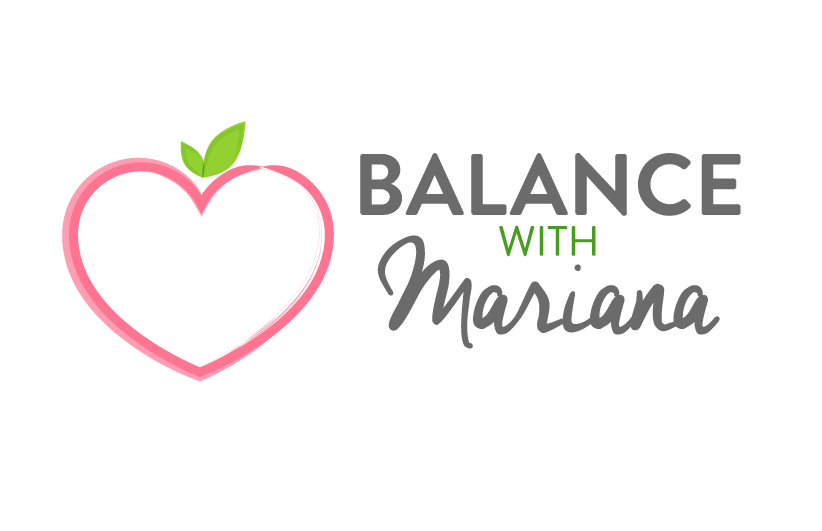Today I’m sharing my newest recipe - a result of playing around with my organic dark leafy greens, attempting to find the best added sweet flavors to neutralize the slight bitterness of the greens, and I came up with this amazingly flavorful, nutritious dish.
Kale and Sweet Potato are two of my favorite SUPERFOODS, and they pair perfectly together.
This recipe is:
Extremely healthy and gut-friendly, packed with fiber and wide variety of nutrients
Vegan, gluten-free, and refined sugar-free
Ideal to prevent cravings as it contains all the different flavors to satisfy your palate
Comforting, warming, and filling (even without the optional protein addition)
Super easy to make – can be done in 3o minutes and all in one pot
Great for meal prep lunches and dinners; leftovers taste even better (keeps well in fridge for 3 days, tops 4)
Check out my recipe and give it a shot!
Read More
